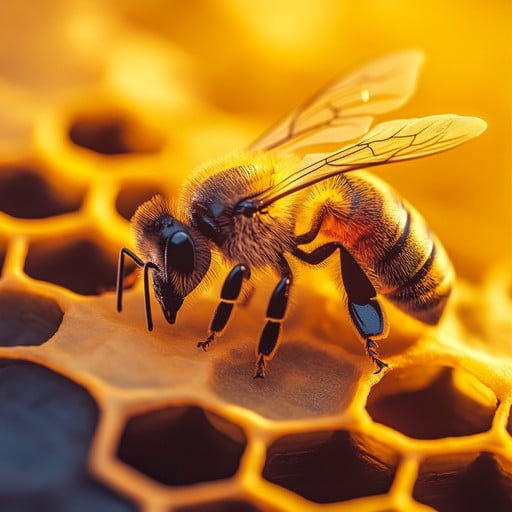Flying Further Together: Lessons From Migrating Birds
- Devaki R Menon
- Sep 24
- 2 min read
When we look up at the sky and see a flock of birds in their familiar V-formation, it feels almost poetic. But behind that graceful shape lies one of nature’s most practical demonstrations of distributed leadership.
The bird at the front takes on the hardest task—breaking headwinds so the rest can conserve energy. But it doesn’t cling to this position. When it tires, it falls back into the flock, and another bird seamlessly steps up. The role of “leader” rotates, ensuring no single bird burns out while the flock continues its long journey.
And here’s a subtle detail: the birds at the back aren’t just passengers. With every upstroke of their wings, they give lift to the birds in front. Leadership here is not one-directional; it’s a cycle of giving and receiving. Energy flows across the flock, sustaining the group through cooperation, not domination.
This aligns beautifully with how scholars describe distributed leadership. As Bennett et al. (2003) claim, it’s “not something ‘done’ by an individual ‘to’ others, or a set of individual actions through which people contribute to a group or organization… [it] is a group activity that works through and within relationships, rather than individual action.” The birds embody this principle in the sky—leadership as a shared, relational practice.
Spillane (2006) echoes this, suggesting that leadership must be seen as “the product of the interactions of leaders, followers, and their situation.” Similarly, Gronn (2002) frames distributed leadership as a move away from the lone-hero model toward a system where roles, responsibilities, and influence are fluid. The flock shows this instinctively: no permanent boss, just continuous exchange.

There’s another layer here: distributed leadership is strongly connected to successful change management. Research shows that when leadership is shared and responsibilities are rotated, teams are far more adaptable, responsive, and open to change (Muda et al., 2024). Like the flock, where the formation shifts and energy is passed along, organizations can implement change more smoothly if leadership isn’t fixed but distributed across the group.
So, what does this mean in practice? To implement change successfully:
Rotate leadership roles to involve multiple perspectives.
Encourage team members to support one another actively, sharing knowledge and energy.
Treat leadership as a relational, group-based activity rather than a top-down directive.
Nature has already tested this model for thousands of years. The flock doesn’t just survive—it thrives, covering thousands of miles together.
Our human systems often get it wrong. We put one person in front, load them with responsibility, and watch them fight headwinds until fatigue sets in. The rest of the team glides but doesn’t feed energy back. It works for a while—until it doesn’t.
The birds suggest another way forward. When leadership is distributed, everyone carries the journey at some point, and everyone supports the one in front. That’s how thousands of miles are covered, not by a single bird’s strength but by the flock’s collective rhythm.










Comments